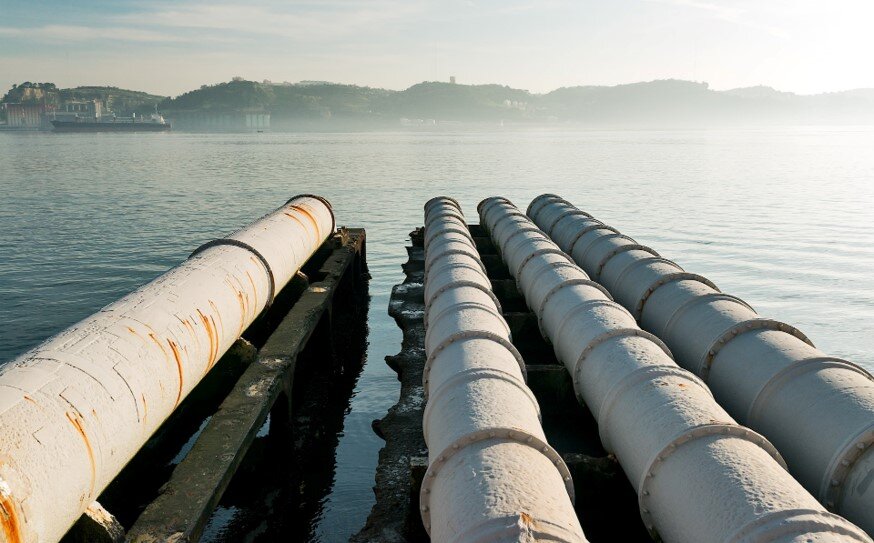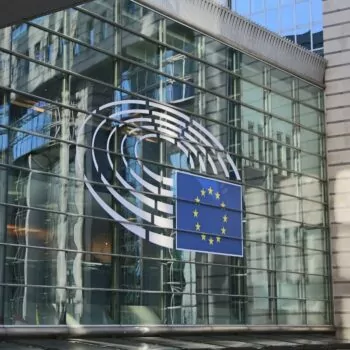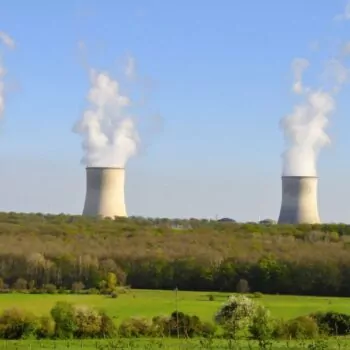Despite the scientific evidence, the European Union has recently labelled gas as a sustainable investment. Nevertheless, specific conditions apply that cannot be dismissed. In this blog, we aim to clarify when the EU Taxonomy considers gas sustainable and when it does not.
In accordance with scientific evidence, fossil gas cannot be considered sustainable due to its high levels of greenhouse gas emissions. Yet, the European Union has agreed to classify it as a sustainable investment for a limited period of time in the EU Taxonomy for sustainable activities, following a seminal vote in the European Parliament in July.
Various stakeholders are taking legal action against the decision. However, it will enter into force and be applicable as of January 2023. Financial institutions will therefore have to disclose against the EU Taxonomy, considering several conditions for gas-related activities that need to be met.
The symbolic meaning of including gas in the EU Taxonomy has translated into significant misconceptions and misunderstandings about what can be considered sustainable and the role of gas in different countries and regions’ energy transition.
The table below provides an overview of what is and is not included in the EU Taxonomy and the specific conditions that need to be met.
| Supply chain part | Type of activity | Status | Specifics |
| Upstream | Exploring and drilling activities | Excluded | Such activities are not included nor mentioned along the rest of the fossil gas-related activities. |
| Midstream | LNG infrastructure | Excluded | LNG-specific activities are not included nor mentioned along the rest of the fossil gas-related activities. |
| Gas pipelines 1st Climate Delegated Act | Included under specific conditions (all to be met) | – Only for conversion, repurposing or retrofit of gas networks for H2 or other renewable and low-carbon gases. – Includes leak detection and repair to reduce methane leakage. | |
| Downstream | Co-Generation of heat/cool & power 2nd Climate Delegated Act | Included under specific conditions (all to be met) | – Permit by end of 2030. – Emissions reduction of at least 55 % GHG per kWh of output energy. – Energy savings of at least 10% – (Direct) emissions limit lower than 270 g CO2e/kWh. – Coal-to-gas switch. – Coal phase-out date reported in the Member State’s NECP. – Capacity is maximum the same as the retired coal capacity. – No alternatives: cannot be generated from RES, based on assessment published and subject to a stakeholder consultation. – Switch to renewable and/or low-carbon gaseous fuels by end of 2035. |
| Electricity generation 2nd Climate Delegated Act | Included under specific conditions (all to be met) | – Permit by end of 2030. – Emissions reduction of at least 55 % GHG per kWh of output energy. – (Direct) emissions limit lower than 270g CO2e/kWh or annual emissions limit of 550kgCO2e/kW of the facility’s capacity over 20 years. – Coal-to-gas switch. – Coal phase-out date in the MS’s NECP. – Capacity is to 15% more than the retired coal capacity. – No alternatives: cannot be generated from RES, based on assessment published and subject to a stakeholder consultation. – Switch to renewable and/or low-carbon gaseous fuels by end of 2035. |


